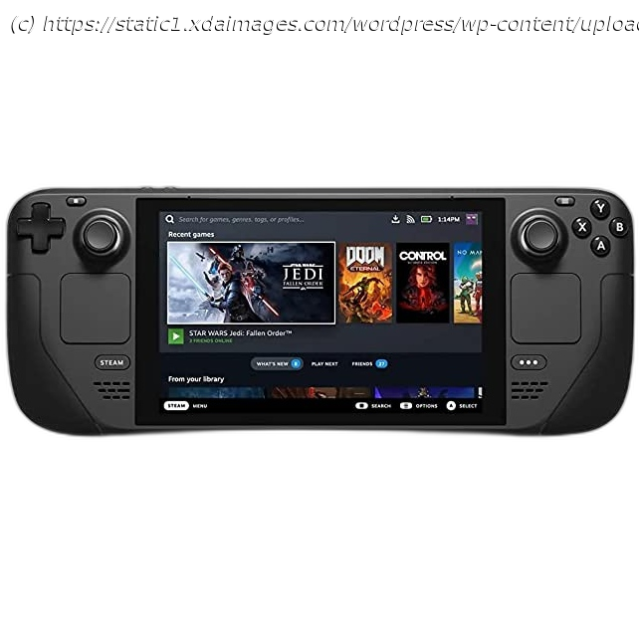The Steam Deck and Nintendo Switch are two excellent options for gaming on the go, but which one should you choose?
After a few years when it seemed like Nintendo was the only major company betting on handheld gaming, the market is getting increasingly heated, particularly starting with the introduction of the Steam Deck. This handheld gaming PC entered the market to cater to PC gamers who want to take their games on the go. It’s far more powerful than the Nintendo Switch it competes against, but there’s a bit more to these things than just performance.
When it comes to a handheld console, portability and battery life are also big factors to consider. And of course, it’s important to keep in mind the exclusive games to each platform. Let’s take a closer look to see which one of these is better for you.
Both the Steam Deck and Nintendo Switch are essentially fully available at this point, though buying a Steam Deck isn’t quite as easy. It’s only available directly from Valve, so you can’t find it at most retailers. Pricing for the Steam Deck starts at $400 for 64GB of eMMC storage, and it goes up to $649 for the 512GB SSD model.
The Nintendo Switch has been available since 2017, and you can find it at pretty much any retailer that sells video games, such as Best Buy and Amazon. The standard model costs $300 dollars, with an IPS panel and 32GB of internal storage. The OLED model launched in 2021 costs $350, and it also includes 64GB of internal storage. There’s also the more portable Lite model, coming in at $200.
Performance was, and still is, one of the major talking points around the Steam Deck when it comes to Switch comparisons. There’s not really any way around it: the Steam Deck has much faster performance. The use of custom AMD processors and RDNA2-based graphics gives the Steam Deck a huge advantage in terms of gaming performance. Games can look much better while also running more smoothly than they do on the Switch.
It really should be no surprise, though, considering the Nintendo Switch is nearly four years older than the Steam Deck, and the Nvidia Tegra X1 processor inside is even older, having first launched in 2015. The Switch wasn’t exactly cutting edge at launch, and even less so now.
A great game to exemplify this is The Witcher 3: Wild Hunt since it’s still a fairly demanding game that runs smoothly on the Steam Deck with better visual fidelity. There’s also a Switch port of this game, but it runs at just 540p resolution and with very low-quality textures, so it really makes it apparent that the Steam Deck is very far ahead. That’s not to say the Switch can’t have visually-appealing games, but on a technical level, it’s a far cry from the Steam Deck.
In exchange for this added performance, however, the Steam Deck loses out on some battery life. Valve touts up to eight hours of battery life depending on the game and settings you’re using. Reviewers over at PCGamer found that you can get around seven hours out of the Steam Deck running a visually simplistic game like FTL: Faster than Light when locked at 30 frames per second, so that’s essentially a best-case scenario. A game like The Witcher 3 drains the battery in under four hours at 30FPS, and under two hours at 60FPS.
Nintendo advertises up to nine hours of battery life for the regular Switch and the OLED model, with around 5.5 hours advertised for The Legend of Zelda: Breath of the Wild, one of the most demanding games on the system.






